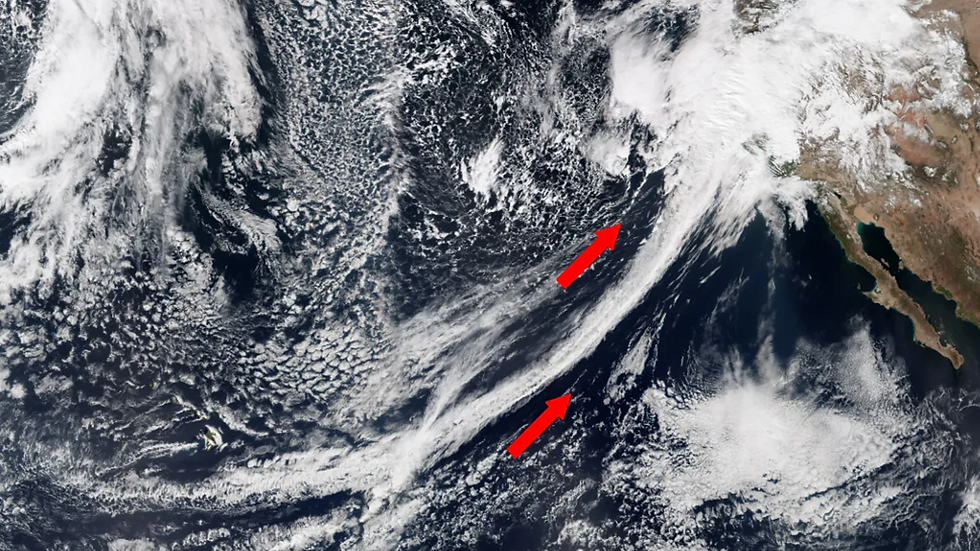Reviewing the Paris Climate Agreement
- The Biophilia Effect
- Feb 8, 2021
- 4 min read
Updated: Feb 21, 2021
by Talia Chen
“Acknowledging that climate change is a common concern of humankind, Parties should, when taking action to address climate change, respect, promote and consider their respective obligations on human rights, the right to health, the rights of indigenous peoples, local communities, migrants, children, persons with disabilities and people in vulnerable situations and the right to development, as well as gender equality, empowerment of women and intergenerational equity,” (2)
What does the Paris Climate Agreement do? It’s basically one big pact that makes the countries involved openly track their progress in reducing their greenhouse gas emissions. It’s a not-really-legally binding international treaty that currently includes 189 countries. It was adopted by 196 parties at the Conference of Parties 21 in Paris on December 12, 2015. Since then, Eritrea, Iran, Iraq, Libya, South Sudan, Turkey, and Yemen have yet to ratify the agreement. In accordance to Article 21, on November 4, 2016, it was entered into force (became binding) 30 days after at least 55 countries had provided documents of its ratification, acceptance, or approval to the UN Secretary-General, the treaty’s depositary. No reservations can be made to the agreement, meaning parties can’t alter the binding portions of the treaty. The accord has 29 articles, the later of which add logistics to agreement. Although some of it is legally binding, it is constructed in a flexible manner. For example, countries are required to prepare and carry through national plans of action, but the magnitude of said plans of action is up to the country. The agreement holds parties together in the common goal of limiting climate change while allowing them to do so in whichever manner they choose.
The goal is to limit global temperature rise to under 2 degrees Celsius (67.6 degrees Fahrenheit), or preferably under 1.5 degrees Celsius (50.7 degrees F) in comparison to preindustrial levels, the default temperature from before the Industrial Revolution. Countries are aiming to reach the global peak of gas emissions as soon as possible in order to achieve climate neutrality by mid century. In other words, the highest of greenhouse gas emissions must happen in 2020 in order to limit the increase in global temperature to 1.5 degrees C.
The thing about this agreement is that a lot of it is voluntary. There are no repercussions for a country’s failure to uphold their commitments besides public backlash. Breaking the agreement doesn’t have a consequence besides undeterred climate change, which will bring its own slew of consequences in due time. The agreement sets a 5 year cycle in place, in which countries set goals and plans, and advance those plans every 5 years. They submitted plans for action called NDCs, nationally determined contributions, by 2020. The Agreement also invited parties to make and submit LT-LEDs, long term low emission development strategies, by 2020. The LT-LEDs aren’t mandatory but they put the NDCs into the context of a long term strategy. On December 12, 2020, 70 heads of state attended a climate ambition summit that lasted 6 hours and world leaders presented their commitments. The international Climate Adaption Summit was held virtually on January 25-26, 2021, for world leaders to establish new goals.
The Paris Agreement also heavily encourages collaboration between countries, and states that developed countries should take the lead in providing financial assistance to countries that are more vulnerable. Climate finance is needed since large scale changes are required for significant reduction of emissions, which would cost money and resources to develop and implement. More developed countries have already decided to send $100 billion annually to underdeveloped countries by 2020, a number that they plan to increase in future.
Speaking of development, the agreement provides a vague outline to direct parties in improving technology to strengthen resilience to climate change and lower emissions. The Guidance for Technology Mechanism calls for accelerating the growth and transfer of technology through policy and implementation. Overall, there is an emphasis placed on supporting climate related capacity building in developing countries to increase their resilience to the effects of climate change. The accord prompts cooperation between parties in sharing information and practice, such as discussing the implementation of policies.
Transparency is also a large part of the accord. It establishes the ETF, an enhanced transparency framework, under which countries will transparently report on their actions and progress starting in the year 2024. The ETF has international procedures to review submitted reports and feed the information into the global stocktake, a group of outside experts that will assess the reports to determine the collective progress made and form new (and more ambitious) recommendations for courses of action to take in the next 5 year cycle. The framework is to be implemented in a non-intrusive manner, with respect to sovereignty and an avoidance of “undue burden”, which basically means no cancel culture.
Although the success of the Paris Climate Agreement is a little hard to gauge because we’ve barely passed the 5 year mark, it is a well though out treaty that will hopefully hold steady through the coming years.
“Noting the importance of ensuring the integrity of all ecosystems, including oceans, and the protection of biodiversity, recognized by some cultures as Mother Earth, and noting the importance for some of the concept of "climate justice", when taking action to address climate change” (2)
Sources:
Written by Talia Chen






Comments